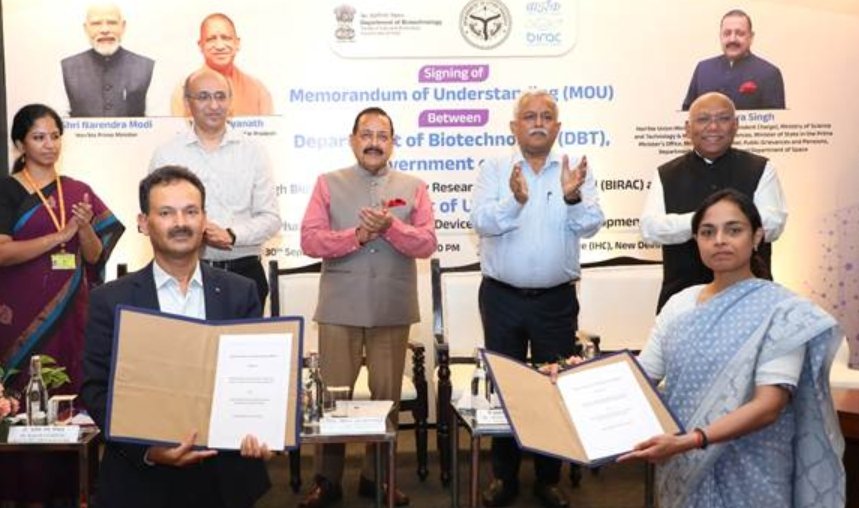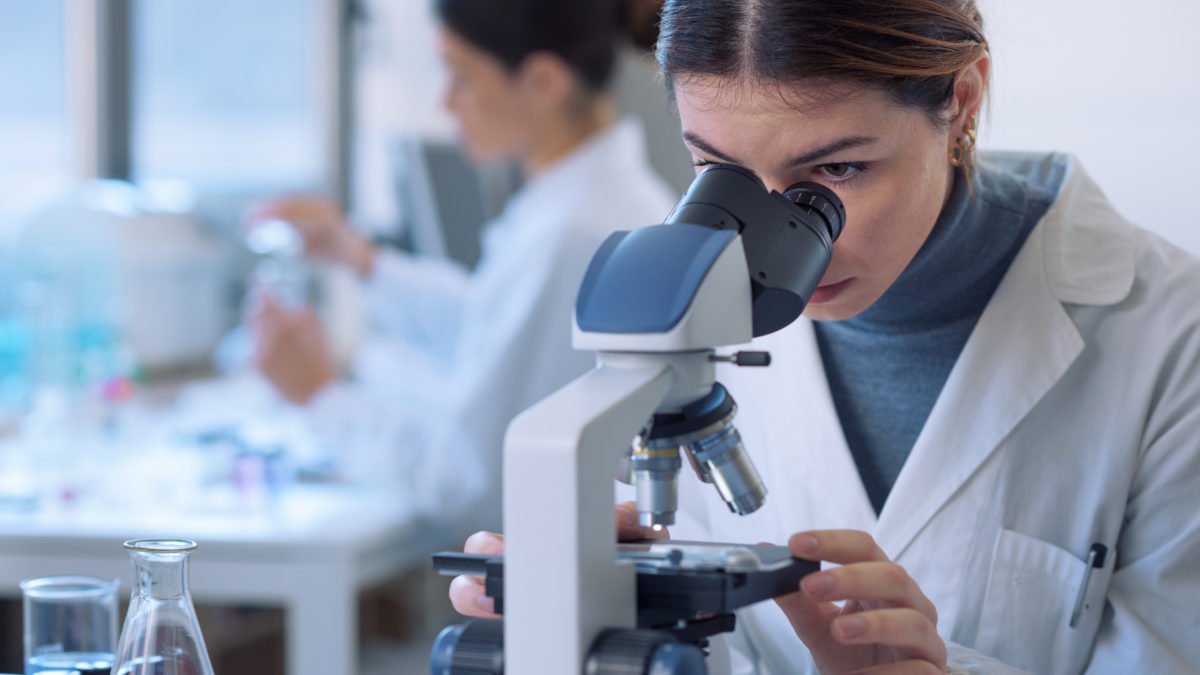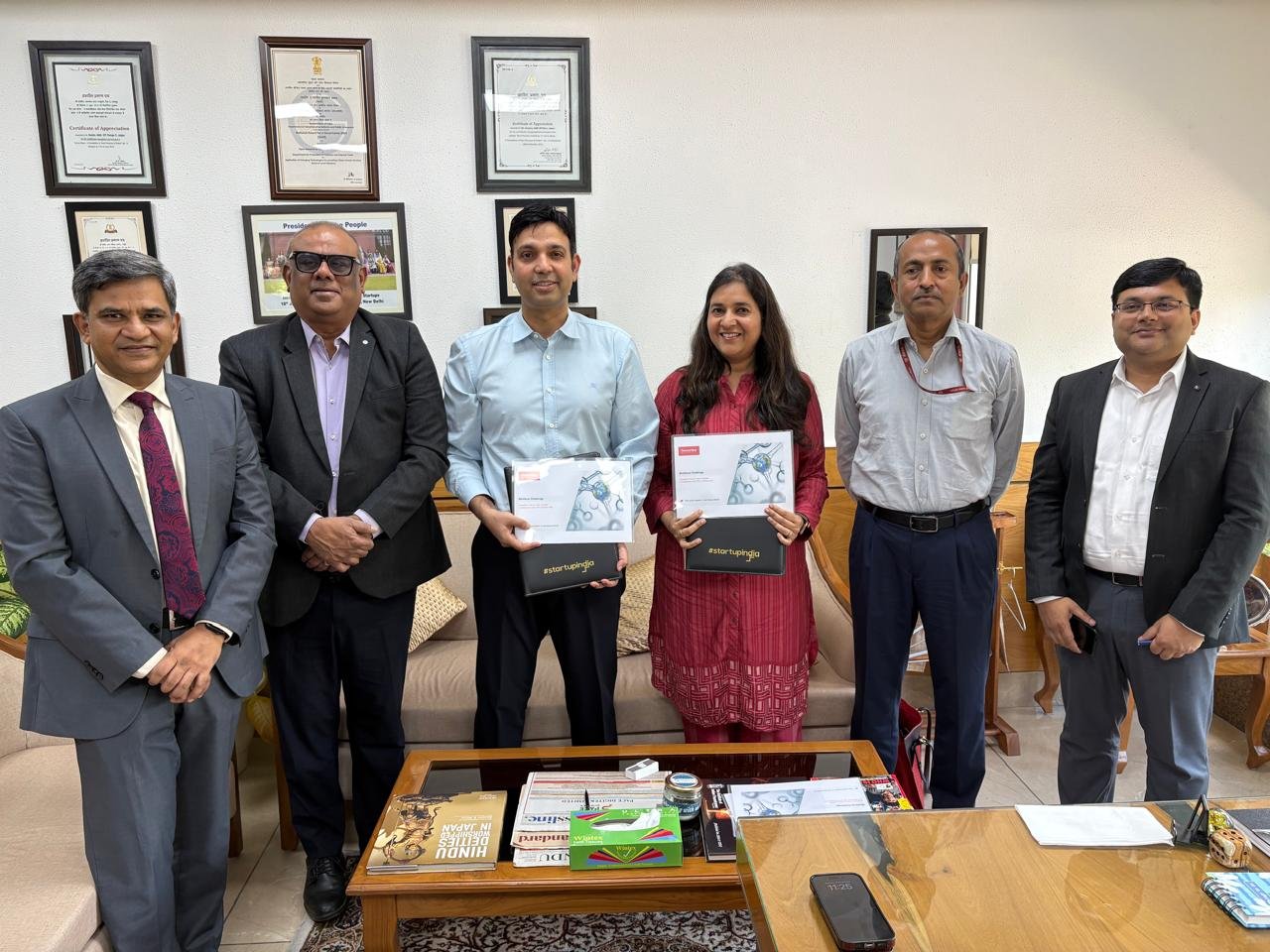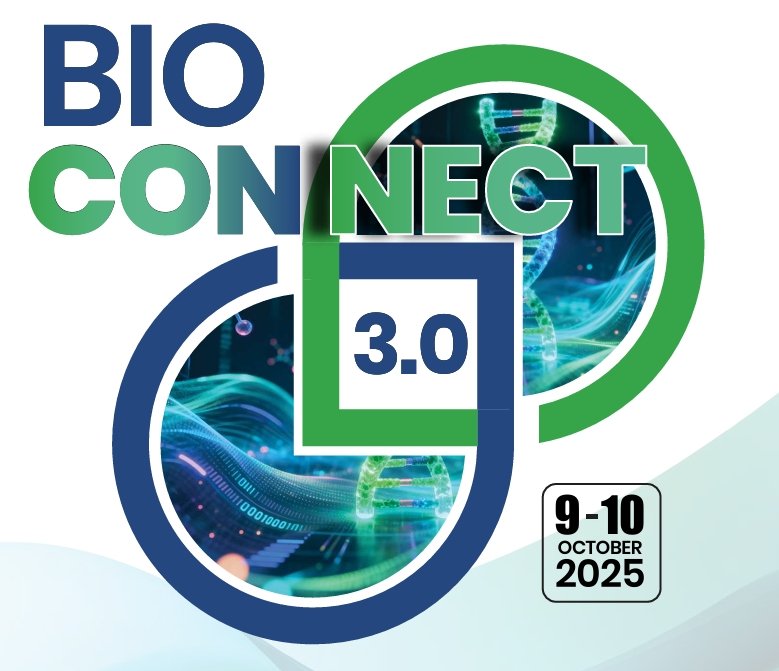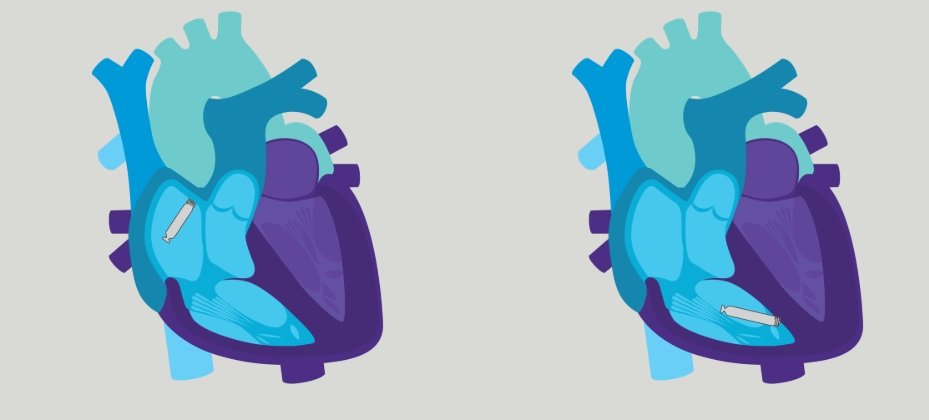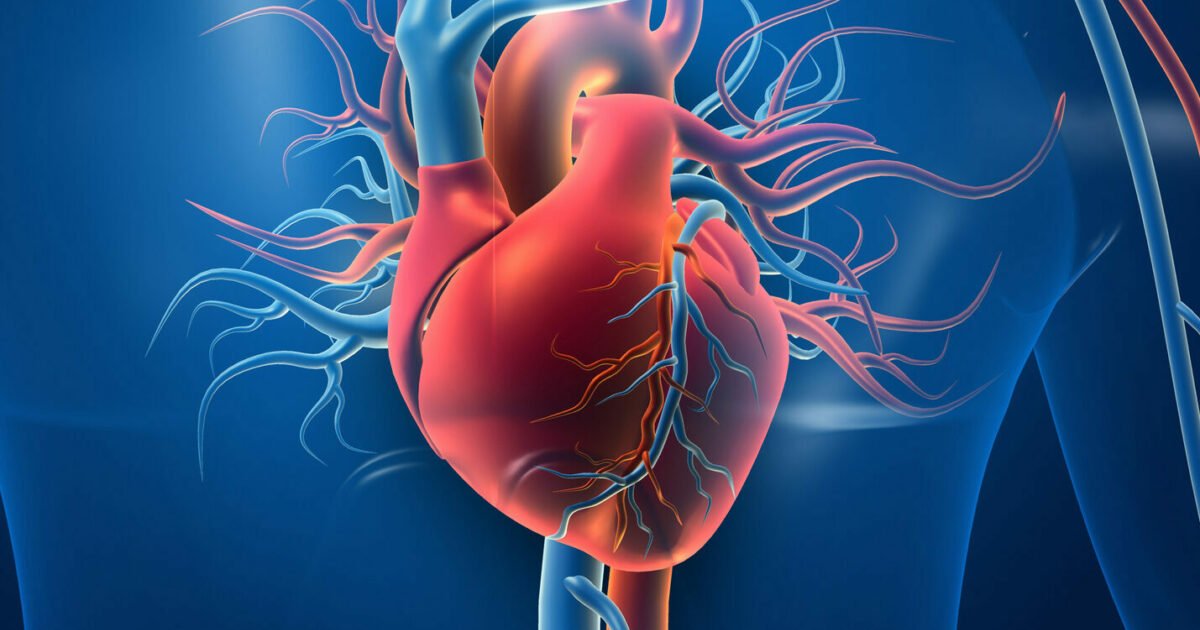Simulation helps develop new drugs on realistic budget
July 14, 2021 | Wednesday | Views | By Rafiq Somani Area Vice President – India and South Asia Pacific, Ansys, Pune
In silico medicine promises to radically remake healthcare while increasing innovation and reducing costs
Early engineering simulation adopters such as the aerospace, automotive and power industries have set the trend for biomedical and pharmaceutical companies who are now beginning to widely embrace computer modelling and simulation to fast-track their product development processes and cut the huge cost that is involved in bringing a new drug into the market.
Even though there are multiple advances in healthcare technology on a daily basis, new drug manufacturing is still a challenging process. The traditional process of drug manufacturing and drug delivery requires not only a lot of time, but also a lot of financial investment. Even so, it can take years before getting approval with the in vitro, in vivo and finally, human clinical trials - easily taking over a decade before getting certified as both effective and safe so that it can be brought into the market.
There is one more reality – a large number of new drugs fail 90 per cent of the way through the journey.
History is witness that those early adopters of technology always emerged as new market leaders whereas, the others fell behind in the race. This is where simulation comes in…providing the much-needed breakthrough in drug development. Already, 96 per cent of the top 50 healthcare companies have embraced engineering simulation and computer-based models as a routine.
The in-silico way!
Today, to maintain the exponential growth of innovation, the medical and pharmaceutical worlds are entering an era in which a growing number of experiments will be done on the computer. This is what in silico is all about. It helps complete and accelerate in vivo and in vitro approaches and has the potential to revolutionize medicine. In silico methods are pervasive across drug manufacturing and delivery and offer major reductions in cost and time for the pharmaceutical industry.
A Virtual Human Lab
Drugs directly interact with the human body. Testing them in their working environment is a challenging but necessary task. For certain drugs, it is difficult to find volunteers to test the performance as there is the possibility of potential danger. With the advances in medical imaging, pharmaceutical companies can now reproduce human environments. Furthermore, with simulation’s geometrical and operating condition accuracy, researchers can model the entire human body. This way, you can develop a detailed model of both the device and the part of the body interacting with it.
By using advanced models validated against experiments, simulation allows you to predict the complex thermal, structural, fluid and electromagnetic behavior of natural components like soft tissues, bones and blood. A combination of 3-D modeling and systems-level simulation that enables one to perform full-body simulation, proper boundary conditions mimicking different patient activities and pathologies can be considered. In the early drug development phase, this helps one in predicting possible failures.
Developing advanced models of the human body is usually done in a step-by-step manner. First, the components of the human body that directly interact with the drug/device are added. Post this, researchers can then add more to mimic the complexity of the human body. Thus, more-advanced nonlinear models can be considered or more physics can be added to understand the interaction with greater fidelity.
Testing
Human variability is a huge challenge for pharmaceutical companies and typically testing needs to be done on thousands of patients and one also needs clinical trials to confirm that the prototype does not endanger the patient and that it provides the expected results despite the physiological and pathological variability of the target population.
Simulation provides an opportunity here due to the repeatability and similarity of these clinical tests. By doing the same simulation on large databases of patient-specific geometries and material properties, researchers can develop in silico clinical trials based on just a few key parameters and arrive at valuable conclusions. Also, since the testing happens on virtual patients, there is no risk of harm or threat to safety. It is thus possible to push the test to the extreme and determine the actual operating window for a given solution.
Simulation & device performance
With simulation, pharmaceutical companies can improve device performance by virtually modeling and prototyping the delivery of new drugs. Properties like the composition of a drug, particle size, flow, and even human physiology can be examined.
Finite element analysis (FEA) and computational fluid dynamics (CFD) are numerical simulation tools that help rapidly and economically examine a wide array of drug-delivery technologies early in the design cycle. They help identify designs and operational conditions that might not meet requirements and allows one to address these and helps in developing safer, more accurate and effective designs before the first prototype is developed. Post this, models can be constructed to simulate the actual drug-delivery process to humans. They are definitely better that the experimentally driven development processes as they can decrease the chance of design changes after the product enters an animal or clinical trial.
Drug Manufacturing & Simulation
Engineering simulation streamlines process scale-up and optimizes upstream and downstream operations, cutting development time and operating costs of drug manufacturing by an order of magnitude. Modeling the complex airflow patterns resulting from variable configurations and operations of HVAC systems ensures a sterile clean room environment with optimized operational costs that simulation can provide. This helps adhere to safety regulations.
In order to scale up production equipment from lab scale to mass production, applying engineering simulation is crucial as this increases the confidence in scale ups.
Drug development and delivery under traditional models cannot meet the rising demand for rapid prototyping without incurring unsustainable costs for manufacturers. Simulation promises to massively disrupt the healthcare sector by allowing rapid prototyping and fast, broad testing to meet regulation requirements. By limiting production and real-world testing to the strictly necessary, engineering simulation makes it possible to develop new drugs on a realistic budget, yielding safe, useful medicines for the world and big returns for companies that take initiative.
Rafiq Somani Area Vice President – India and South Asia Pacific, Ansys, Pune



